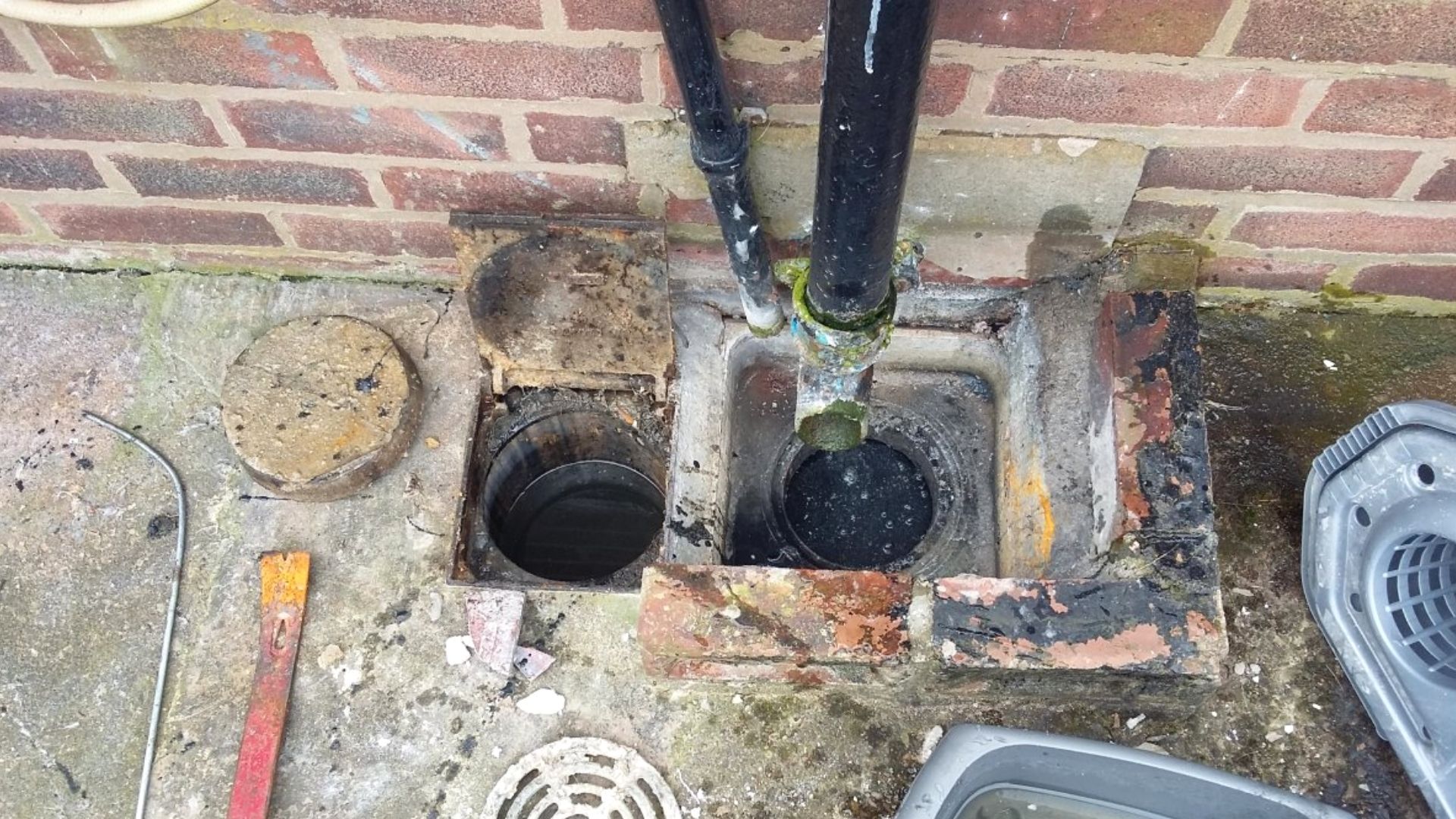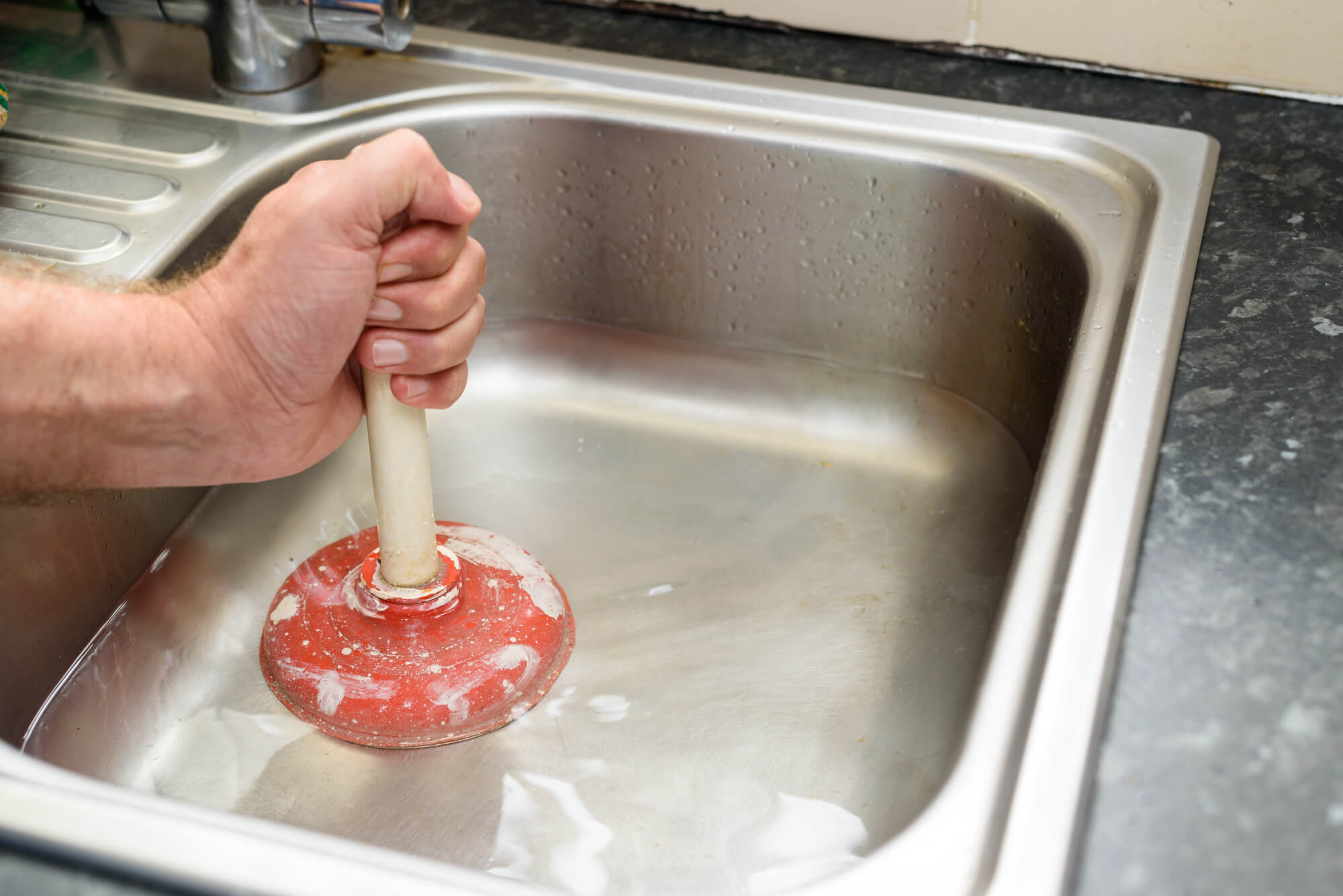Have you been interested in answers on What I learned from trying to deal with a clogged drain?

Intro
Managing an obstructed drainpipe can be an irritating experience, interfering with day-to-day activities and potentially triggering damage to your building. Nevertheless, before connecting to pipes experts, there are steps you can require to deal with the concern yourself. In this overview, we'll explore do it yourself solutions and preventive measures to take on a blocked drainpipe effectively.
Recognizing the Problem
The very first step in resolving an obstructed drain is acknowledging the indicators. Slow water drainage, gurgling audios, foul odors originating from drains, or water backing up prevail signs of an obstructed drain. Identifying these signs early can help avoid further difficulties.
Choosing the Right Pipes Service
When picking a plumbing solution, consider factors such as experience, licensing, and customer evaluations. Pick a trustworthy plumbing professional with a record of high quality workmanship and clear rates methods.
Cost Considerations
The expense of expert drainpipe cleaning company can vary depending on the extent of the obstruction and the plumbing professional's prices. Request quotes from multiple providers and ask about any type of additional charges to guarantee openness and stay clear of shocks.
Safety Precautions
When trying do it yourself drainpipe cleansing, focus on security. Put on protective gloves and eyeglasses to stay clear of contact with unsafe chemicals or bacteria. Never ever mix various drainpipe cleansing items, as this can generate hazardous fumes.
Instance Researches
Real-life instances illustrate the effectiveness of do it yourself solutions and the value of timely expert treatment in solving drainpipe blockages.
Common Causes of Obstructed Drainpipes
Recognizing the aspects that add to drain obstructions is necessary for efficient resolution. Common offenders consist of hair, soap scum, grease, food particles, and international things like sanitary products or paper towels. Tree roots getting into underground pipelines can likewise cause substantial blockages.
DIY Solutions
For minor obstructions, a number of do it yourself remedies can be efficient. Putting boiling water down the drain can aid liquify grease and debris. Sodium bicarbonate and vinegar or a mixture of salt and baking soda can act as all-natural cleaners. Making use of a bettor or pipes snake to dislodge blockages is another alternative.
Devices and Equipment
Having the right tools handy can make DIY drainpipe cleansing much more reliable. A plunger is a functional device for removing clogs in sinks, toilets, and showers. A plumbing serpent or auger can reach much deeper obstructions, while drain cleansing chemicals can be used cautiously for stubborn obstructions.
Preventive Measures
To prevent future obstructions, taking on preventive measures is crucial. Mount drainpipe guards or filters to capture hair and particles before they enter the pipelines. Consistently flush drains pipes with hot water to liquify oil accumulation, and stay clear of taking care of oil or solid waste away.
When to Call an Expert
While DIY solutions can deal with minor clogs, specific indications indicate the requirement for expert assistance. Persistent obstructions, foul odors despite cleaning up efforts, or multiple drains supporting at the same time are warnings that call for professional intervention.
Final thought
By complying with the ideas described in this overview, you can effectively take on blocked drains and stop future plumbing problems. Whether opting for DIY options or looking for professional assistance, prompt action is essential to preserving a healthy plumbing system and protecting the integrity of your home.
WHAT I LEARNED FROM TRYING TO DEAL WITH A CLOGGED DRAIN
We have had our share of seepages and other annoying things that are part of living, especially in an apartment complex. And if there’s one thing that’s terrifying for a homeowner—or even someone in a rented home—it is a clogged drain, indoors or outdoors.
We enjoy our living space, but it’s simply a fact of life that dead skin, soap and a host of other items go down the drain; eventually, the residue builds up and prevents anything from moving. Ugh.
Not Calling A Professional
Of course, it might seem simple to just whip the pipe off under the sink and see if you can unblock it. Unfortunately, what if the blockage isn’t there, or you don’t reconnect it properly? Worse, you might break a piece and have no drainage system. Can you imagine that scene? Yuck!
Not Watching Your Waste
This will sound d’uh, but the best tip I can give you for drain cleaning is to avoid clogging the drain in the first place! You can do this by monitoring what goes down the drain and catching the items which are most likely to give you a problem. Invariably hair, vegetable peels, and large wads of toilet paper are the most obvious culprits. Add a filter—these are available in hardware stores and can be removed and cleaned easily.
Poking The Drain
The first urge with a clogged drain is to poke at it with a stick or anything that resembles a stick. Sadly, this does not result in magically solving the issue. The mental image is, naturally, one of the stick just pushing through the offending item and all is well again. Reality is quite different and unpleasant and likely to lead to further problems.
The thing is, every drain has a series of bends that are not visible to us. Drains are built this way to prevent gases from entering the house. What happens when you poke a stick into the drain? Of course, it can’t bend around the corner. The more adventurous people will use force and end up wedging the stick or causing it to break off in the pipe—creating an even bigger issue. Worst thing? The stick will shift the block further down the pipe, creating the space for more to collect. Go ahead! Roll your eyes!
Using The Wrong Plunger
You know what they say: the right tool for the right job! Did you know there are different types of plungers besides the basic one we keep at home for an emergency? Yes, there are. For example, the toilet plunger has a bell-shaped bottom while the sink plunger is flat. This is an important difference and using the wrong plunger will be useless. There’s also a knack in using plungers—they must be placed in such a way that they create an airtight seal and then, moved slowly up and down—not as fast as we imagine.
https://vidyasury.com/2018/01/learned-trying-deal-clogged-drain.html

As a passionate reader on What I learned from trying to deal with a clogged drain, I was thinking sharing that piece of writing was beneficial. Are you aware of another individual who is enthusiastic about the niche? Please feel free to share it. Thanks a lot for your time. Return soon.
Click Here